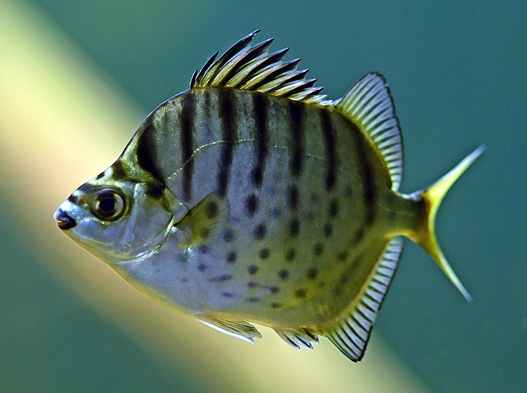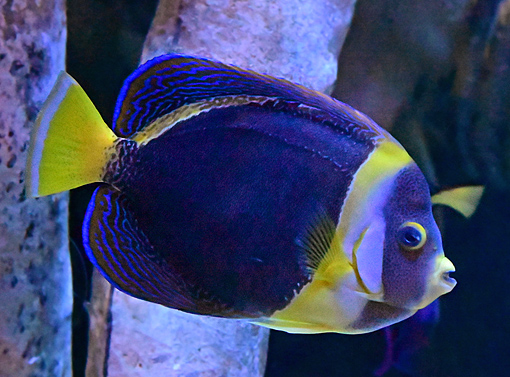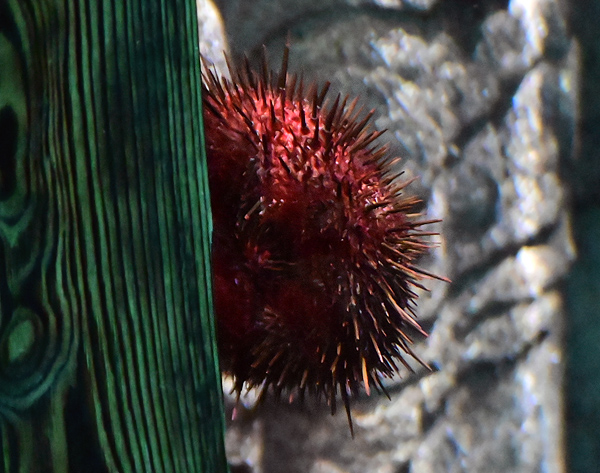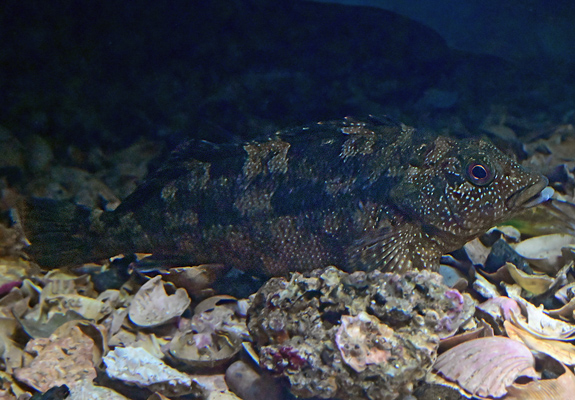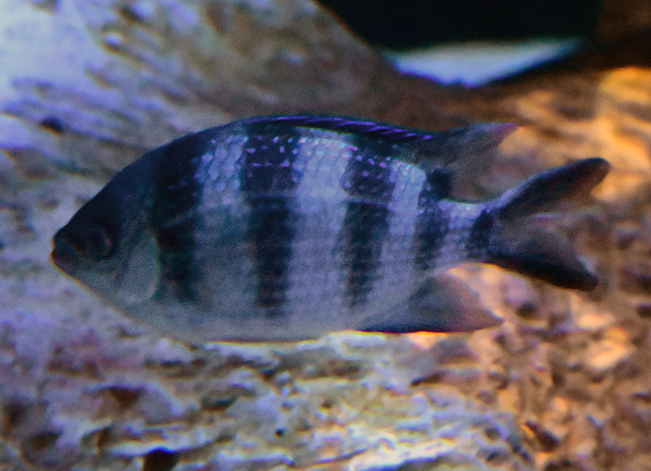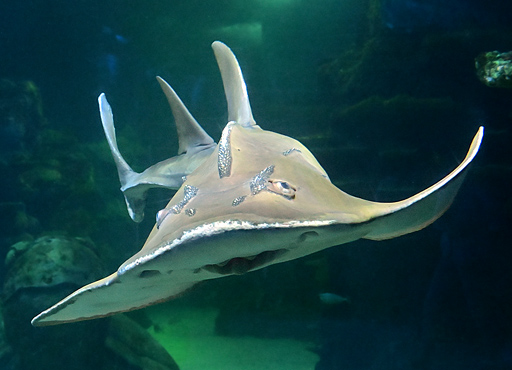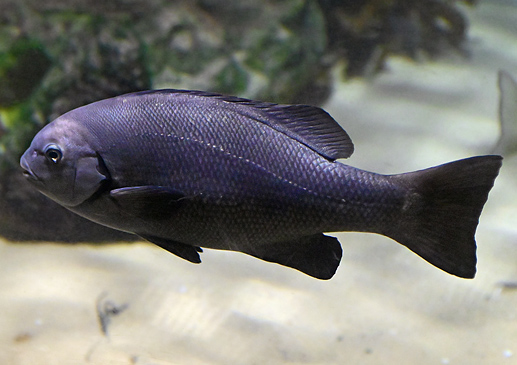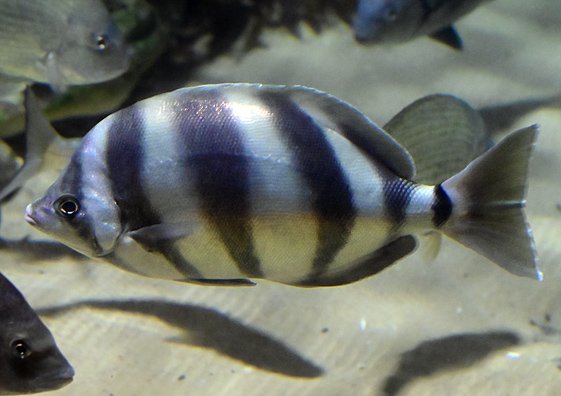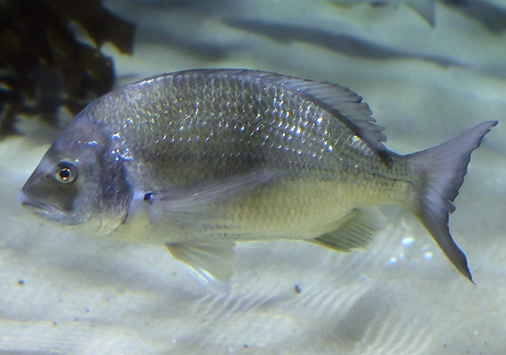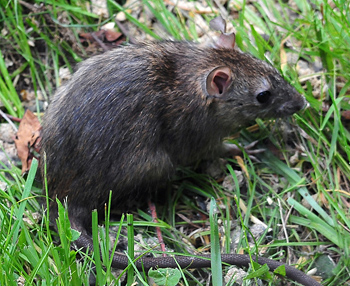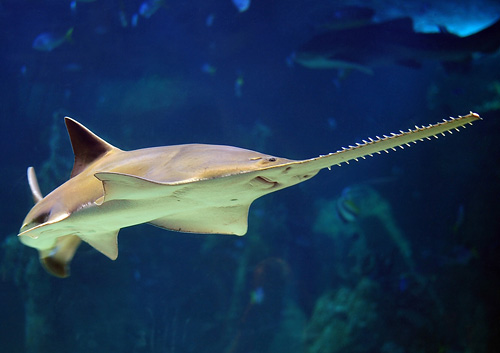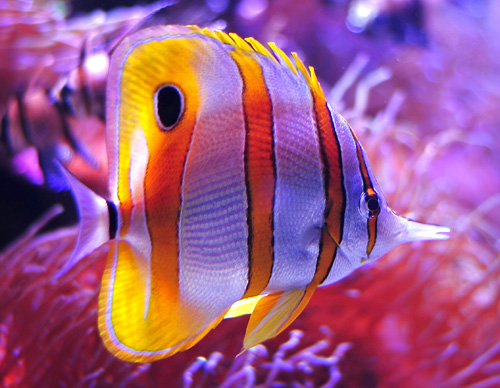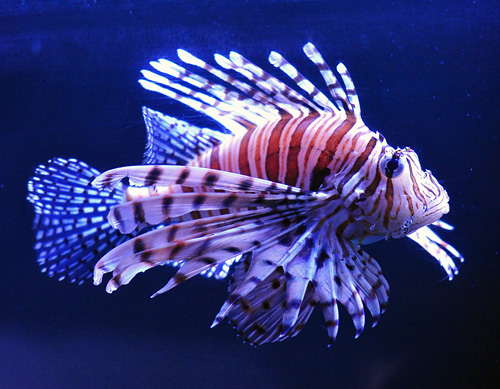Redback Spider
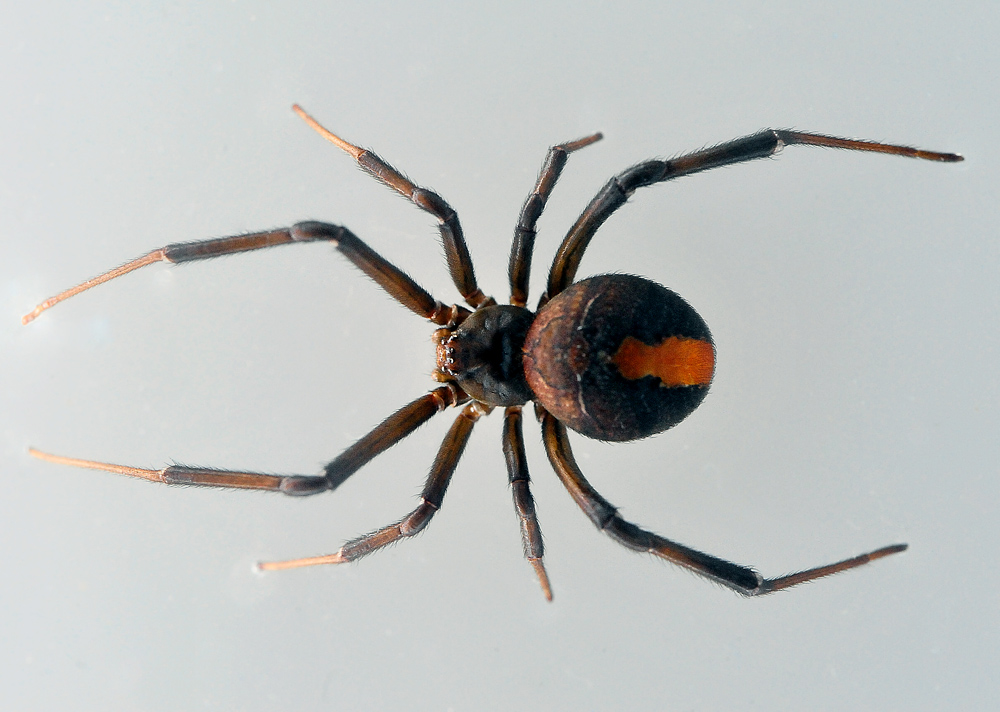
Latrodectus hasseltii
Danger: ![]() Dangerously venomous
Dangerously venomous
Family: Theridiidae (Tangle-web spiders, cobweb spiders or comb-footed spiders). Nearly 100 Australian species known. Estimated 500 total Australian species. 2200 species in the world.
Size: Male body 3 mm, female body 10 mm
Distribution: Widespread across Australia.
Habitat: Redback spiders are often found inside suburban houses and especially around the outside of houses, and in gardens.
References: Wikipedia. Whyte and Anderson.
About the Redback Spider
There's an urban legend about a "hippie" or "feral" guy who lives wild, almost never showers or changes his clothes, and has very long hair with dreadlocks. He starts feeling sick all the time, even more than usual, and hallucinating. At first he thinks it's just from his usual drug use, but after a while it gets really bad and he goes to see a doctor. The doctor finds several redback spiders living in his hair, which are occasionally biting him.
I have no idea whether or not that story is true, but the other legend about redbacks - being bitten when on the toilet seat - is definitely true and has happened many times to people sitting on outdoor toilets. There's even a classic Australian song about this.
I've never been that scared of redbacks since there were a lot of them in the garden where I used to play as a child, and I never knew of any problems with them. I was very careful not to touch them of course. They are quiet and don't move very fast, often they're completely still. However they can be very dangerous (see below).
Once in year five of primary school, I was sent to sit outside the classroom on detention. After a while another boy was also sent out. He was one of those "wild" kids who was put on detention a lot more than me. We found a redback spider nestled in the corner of some brickwork near where we'd been told to sit. So his idea of passing the time was to pick it up and play with it in his hands for several minutes. I thought (correctly) that he was crazy. It didn't bite him but it easily could have. Absolutely do not consider trying this, as it could be fatal.
Danger: The redback is one of the few spider species that can be seriously harmful to humans, and its preferred habitat has led it to being responsible for the large majority of serious spider bites in Australia. In 2016, 22 year-old Jayden Burleigh died after a redback spider bite, though a few news sources said it wasn't 100% confirmed that the spider bite was the cause of his death. There have been no other deaths recorded from redback spiders since 1955, a year after redback antivenom was introduced. The female redback spider is much more dangerous than the male (the opposite of funnel-web spiders). However the male is very very tiny, and brown, so if you see an Australian spider that looks black with a red stripe, like what's usually thought of as a redback spider, it's a female.
The redback spider is responsible for far more envenomations requiring antivenom than any other creature in Australia. Estimates of the number of people thought to be bitten by redback spiders each year across Australia range from 2,000 to 10,000.
Treatment: Redback spider bites are usually far less serious than funnel-web spiders. From Wikipedia: Treatment is based on the severity of poisoning from the bite; the majority of cases do not require medical care, and patients with localised pain, swelling and redness usually only require local application of ice and simple oral analgesia such as paracetamol. Pressure immobilisation of the wound site is not recommended, as the venom spreads very slowly and is not affected. Keeping the victim still to reduce the spread of the venom is beneficial. Hospital assessment is recommended if simple pain relief does not resolve local pain, or clinical features of systemic envenoming occur. A significant proportion of bites will not result in envenomation or any symptoms developing; around 2-20% of bite victims require treatment with the antivenom.
Note that dead spiders usually fade in colour, so nearly all the spiders will look blacker or darker in colour in real life than they do in the photos of dead spiders from the museum.

Photo taken at Australian Museum, Sydney. High Resolution 4112 x 2744.
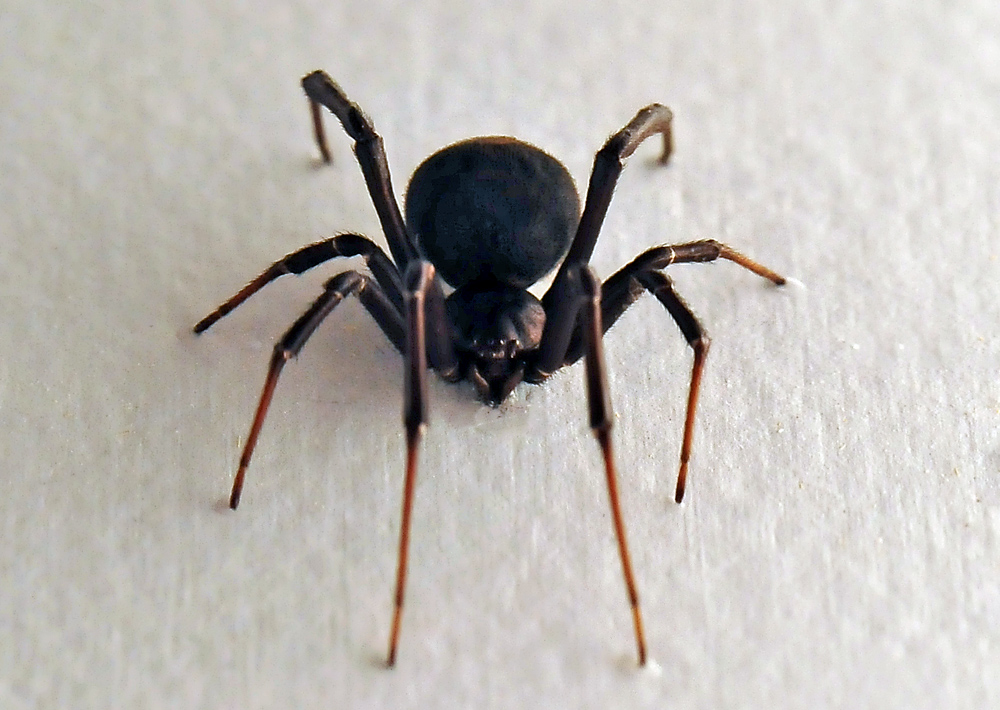
Photo taken at Australian Museum, Sydney. High Resolution 2288 x 1868.
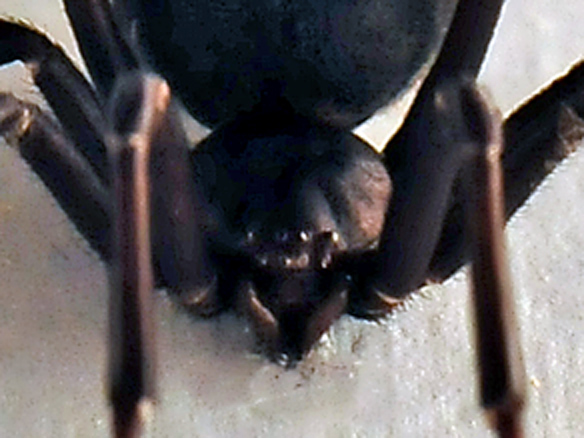
Photo taken at Australian Museum, Sydney.
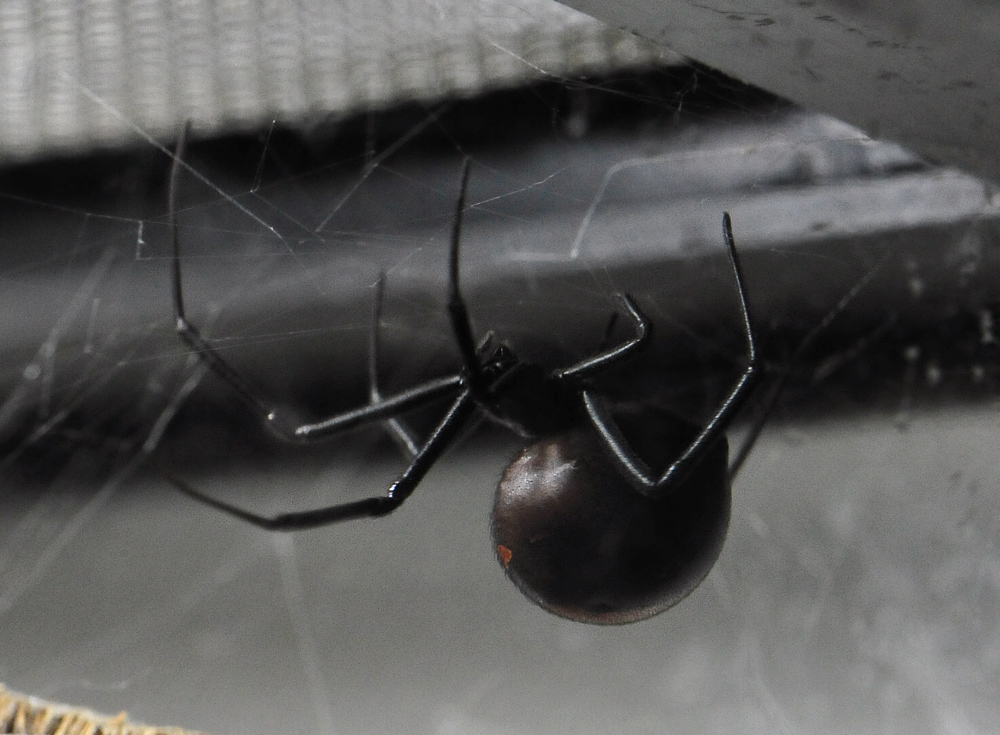
Photo taken at Australian Museum, Sydney. High Resolution 4256 x 2832.
See Also
Australian Mammals
Australian Frogs
Australian Fish
Return to Australian Spiders







